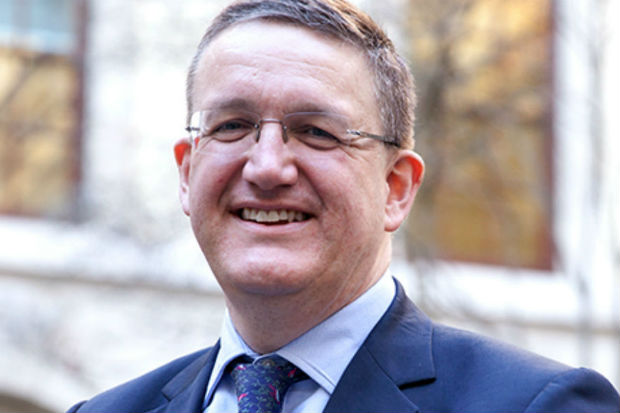
Mid-year review in the Civil Service is a great time to reflect on our own professional development, and for those in our teams. How people do this is very personal, for example, how we like to revise for exams, take exercise or whether we read the newspaper from front to back or back to front. I thought, in the context of Leadership in Action, I would share my current approach.
For me, a process is always important:
- Identify the gaps in knowledge or in skills (my current areas of conscious incompetence.)
- Write a plan to fill those gaps including specifying to myself “how I how I know the gaps are filled.”
- Reflect on whether they’ve been filled (sometimes it’s good to do this in discussions with colleagues.)
- Keep looking for new ones, it’s always good to be on the lookout to discover what someone doesn’t know, or where might I be unconsciously incompetent? As an interesting side note, it is always good to be aware where someone could be most confident about what one knows in the areas where one actually knows the least. (This has a name; ‘Dunning-kruger effect.’)

In today’s world, every professional is constantly losing competence (our professional worlds evolve fast) and needs to top it up. New disciplines emerge like data analytics, agile methodologies, machine learning and new rules and regulations come into force. That is why the mark of a profession (and a professional) is continued professional development (CPD). In my case, I need to give first priority to my three professions of HR (through CIPD requirements), finance (through CIMA’s requirements) and management (through CMI).
But focus is important, so after making sure I’m up to speed on regulatory and standards developments I’m wrapping part of my development this year into a theme of being an effective member of a team.
I’m lucky to have great team-mates, but each context is different. Here are a couple of examples:
Being a member of a Board team: I’m a board member of the Government Property Agency (GPA). This is only the second non-executive board role I’ve done in my career, and it’s a great experience. We have an excellent chair, Pat Ritchie, CEO of Newcastle City Council and deeply experienced and effective independent Non-executive Directors (NEDs).
We also need to support the CEO, Steven Boyd and his team, as they build and transform an organisation with a complex delivery agenda. What’s my development need? I know I need to become more familiar with technical and practical body of knowledge of the property sector.
The Office of Government Property’s functional standard gives a great framing (functional standards are always a good starting point), and organisations like Royal Institute for Chartered Surveyors and others, produce good guides. I need to invest time in reading Board papers and getting a good feel for the organisation helped by my executive GPA ‘buddy’, Dom Brankin. And I’m practicing by asking in other places ‘what impact might this have with my GPA board hat on?
Being a NED is different from being an executive, I’m learning. And my mantra, from my former colleague and more experienced NED, Lesley-Ann Nash, is ‘as a NED it’s fingers out, eyes in!’ This means the role on a Non-executive is not to do the work of an Executive (‘fingers’) but to observe, advise, suggest and support (‘eyes’).
Being in a multi-functional team: A big theme that has been brought into sharp relief by COVID is the need for better ‘interoperability’ across government. Mike Green, Chief Operating Officer, Department for Education and I co-chair a working group that is pulling together four separate programmes of work: people, property, data and technology. There are multiple inter dependencies, so we need to get up to speed to learn what’s the art of the possible, and what is not possible.
This month, we agreed as a team that we needed to make time for a workshop so we could get a teach in on data standards, and other ways to share data. We all have parts of the picture but we know we need to get up to a common level of understanding.
What’s the connection to Leadership in Action?
For me, the Leadership in Action attributes provide a good way to reflect on my practice as a leader and think through where I need to focus. And to be effective, it’s best to be specific and to be focused. They are also interconnected. In my case, I’m using Leadership in Action attributes to frame my development over the next six months:
- “Continually reflecting on my leadership style and developing self-awareness:” am I filling my knowledge and skill gaps?
- “Empowering and developing individuals and teams:” am I making the teams I am in more effective?
- “Guiding teams using experience and expertise:” am I or those I work with spotting new or emerging gaps in my knowledge and skills?
- “Collaborating, making connections and encouraging cross system working:” what can I learn from watching my team-mates solve problems, and bring that into other teams?
How will you reflect on your position as a leader? I encourage you to click on the link below to explore Leadership in Action.
https://civilservice.blog.gov.uk/wp-content/uploads/sites/86/2020/04/Leadership-in-Action.pdf
